All the German DIY stores together generated sales of € 21.7 bn, which is 0.74 per cent higher than the previous year. The remaining DIY trade sales amount to € 14.90 bn. Comparative figures for 2003 are € 15.04 bn, or 0.93 per cent up.
The other DIY sales channels took a drop in sales, with the exception of the timber retailers, who improved their figures by 1.9 per cent to € 3.15 bn. The builders’ merchants in the retail segment recorded sales down by 0.4 per cent on the 2003 figure. Volume sales came to € 7.41 bn last year. The independent garden centres also experienced a negative sales trend. They generated € 0.69 bn, or 5.5 per cent less than in the year 2003.
The BHB reports a total of around 4 332 DIY stores for Germany in 2004. Of this total, 3 211 stores have a retail area in excess of 1 000 m². The combined retail area of these DIY stores comes to 15.67 mio m², or approximately 2.8 per cent more than the year before. There has also been a rise in the average retail area of the DIY stores included in the statistics: it increased from 5 288 m² in 2003 to 5 436 m² last year. The following picture emerges for German DIY stores when the retail area is split up according to the core product ranges: 55 per cent is allocated to building and DIY, the garden departments take up 23.8 per cent, and 21.1 per cent of the overall space goes to building supplies and the timber segment.
There were no spectacular takeovers in the German sector in 2004. However, the merger was completed between the two builders’ merchant groups, Interpares-Mobau and Interbaustoff, to form I&M-Interbaustoff with more than 500 voluntary members and over 1 200 outlets in Germany, Switzerland, Austria and Italy. Another change in 2004 was the enormous growth in number of outlets experienced by Zeus, mainly the result of joining the Werkhaus outlets to the Werkmarkt stores.

 Menü
Menü
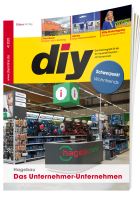




 5/2005
5/2005



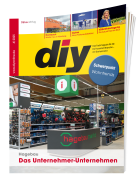


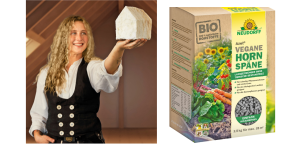


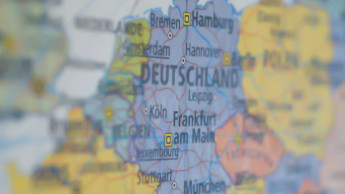
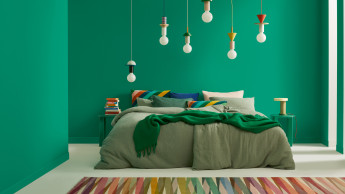
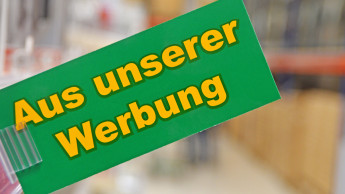
 Newsletter
Newsletter